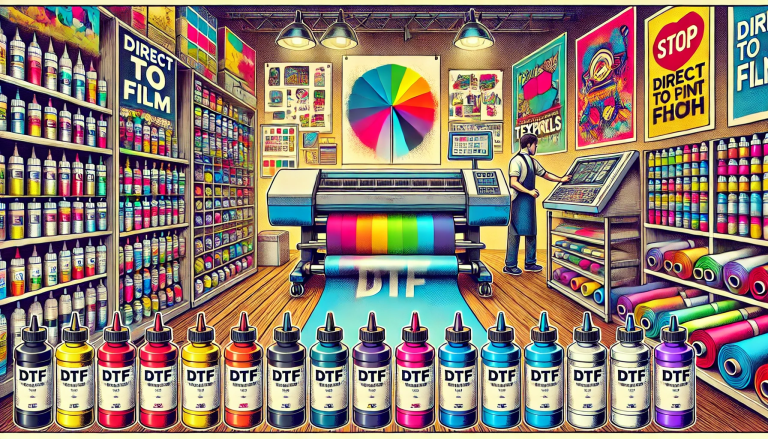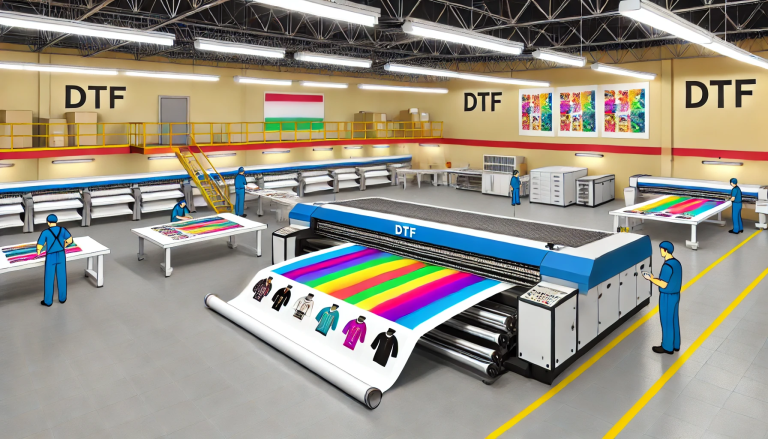In the ever-evolving world of textile printing, the advent of Direct to Film (DTF) technology marks a significant milestone, offering unprecedented quality and flexibility over traditional printing methods. At the heart of this revolutionary technique is the use of PET (Polyethylene Terephthalate) films, a cornerstone for manufacturers aiming to deliver top-tier printing solutions. This article delves into the intricacies of PET film in DTF manufacturing, exploring its benefits, manufacturing processes, and its pivotal role in the future of textile printing.
Understanding PET Film and DTF Technology
PET film, known for its durability, clarity, and flexibility, serves as the backbone for DTF printing. This section would explain the properties of PET film that make it ideal for DTF processes, including its ability to withstand the heat transfer process and maintain ink adhesion.
The Manufacturing Process of PET Film for DTF
The production of PET film for DTF involves a series of complex steps designed to ensure the film’s quality and performance in printing. This includes extrusion, biaxial orientation, and surface treatment to enhance ink adhesion. The intricacies of this process underscore the technological advancements that have propelled the DTF method to the forefront of the textile printing industry.
Advantages of PET Film in DTF Printing
PET film for DTF printing boasts numerous advantages, such as superior color vibrancy, durability against washing and wear, and flexibility in printing on a variety of fabrics. This segment would highlight how these benefits contribute to the growing popularity of DTF printing among textile manufacturers and designers alike.
Environmental Considerations and Sustainability
With increasing awareness of environmental sustainability, the section would address how PET film manufacturers are adopting eco-friendly practices. This includes recycling initiatives, reducing waste in the production process, and developing biodegradable PET films to lessen the environmental impact.
Challenges and Solutions in PET Film Production
Despite its many advantages, the production of PET film for DTF printing faces challenges, including the high cost of raw materials and the technical demands of the manufacturing process. This part would explore how manufacturers are overcoming these hurdles through innovation, efficiency improvements, and collaborations across the industry.
Case Studies: Success Stories in the DTF Market
Illustrative case studies of businesses and designers who have successfully integrated DTF technology using PET films into their production processes would provide real-world insights. These success stories highlight the transformative potential of DTF printing in enhancing product quality and operational efficiency.
The Future of PET Film in Textile Printing
Looking ahead, the section would discuss emerging trends and technological advancements that are set to further elevate the role of PET film in DTF manufacturing. This includes advancements in ink formulations, PET film recyclability, and the expansion of DTF printing applications beyond textiles.
Conclusion: Embracing Innovation in Textile Printing
In conclusion, PET film for DTF manufacturing represents a significant leap forward in textile printing, offering a blend of quality, versatility, and sustainability. As the industry continues to evolve, the adoption of this technology by manufacturers and designers is poised to redefine the standards of textile printing, making it more vibrant, durable, and accessible than ever before.




